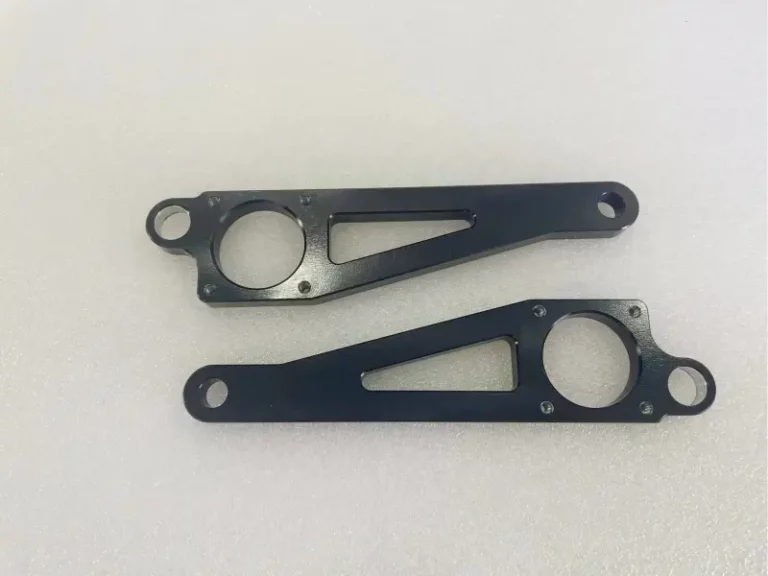RECENT POSTS
Share:
- November 13, 2024
Table of Contents
Laser etching circuit boards are printed circuit boards (PCBs) created using laser technology. Instead of using chemicals or mechanical processes, laser etching uses a focused laser beam to remove unwanted copper from the board. The laser burns away the excess material with high precision and leaves the necessary copper lines.
These lines from the circuit that connects electronic components allow the device to function. Go down and let’s discuss how these circuit boards work, their advantages, challenges, along prospects.

How do Laser Etching Circuit Boards work?
These circuit boards work by using a focused laser beam to precisely remove unwanted copper from a copper-coated board. Here’s how it operates:
- Laser Activation: The laser etching machine is set up with the PCB, which has a design that includes all the necessary connections and layouts for the electronic components.
- Material Interaction: When the laser beam hits the copper surface. An intense heat is generated. This heat causes the copper to evaporate or burn away in the areas where the circuit path is not needed.
- Precision Control: The machine controls the laser’s movement and intensity very accurately.
- Pathway Formation: As the laser removes the copper, it reveals the desired copper pathways that will contact electricity, which will contact various electronic components on the board.
Advantages of Laser Etching Circuit Boards
There are a lot of benefits to using these circuit boards. Let’s discuss some of them;
- Accuracy: Laser etching gives a high level of accuracy. This makes it perfect for miniaturized and complex circuits.
- Speed: The process of these circuit boards is faster than the traditional methods. This is because they do not require chemicals or masks. These things help to reduce the setup time.
- Flexibility: Changing can be made without the need to retool the manufacturing equipment. Designers can quickly test new ideas or modify existing designs which streamlines the development process.
- Reduce Environmental Impact: The boards reduce the need for harmful chemicals which are mostly used in traditional etching.
Considerations and Challenges:
While these circuit boards come with a lot of advantages. However, they also come with a lot of challenges as well.
- Cost: The equipment used for laser etching is very expensive, which raises the initial investment. In contrast, traditional methods are a little bit cheaper.
- Material Compatibility: Some of the materials need to be more suitable for laser etching. This problem can cause the limiting choice of materials because some of the substates do not react well to laser exposure.
- Scalability: Laser Etching Circuit Boards are not a good choice for large-scale production. This is because of the higher costs involved in the process.
Future Prospects of Laser Etching Technology
As technology improves, laser etching circuit boards are expected to become more common in PCB manufacturing. The increasing demand for smaller and more complex electronics drives the need for specific etching techniques.
Moreover, advancements in laser technology can also reduce costs and improve material compatibility in the future. As these innovations continuously grow, these circuit boards could become the standard method for creating detailed and compact circuit designs, making them essential for future electronic devices.
0


